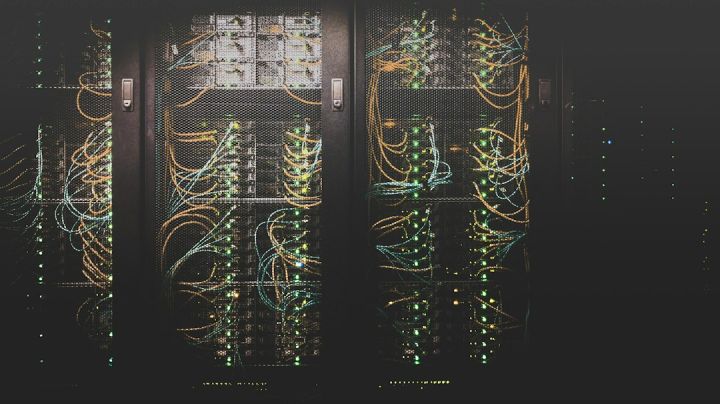What Infrastructure Is Needed for Effective Edge Computing?
In today’s fast-paced digital world, edge computing has emerged as a vital technology that enables the processing and analysis of data closer to its source. With the exponential growth of Internet of Things (IoT) devices and the increasing demand for real-time data processing, organizations are recognizing the importance of edge computing in enhancing efficiency and reducing latency. However, to harness the full potential of edge computing, a robust infrastructure is required. In this article, we will explore the key components of an effective edge computing infrastructure.
1. Edge Devices and Sensors
At the heart of edge computing lies a network of edge devices and sensors that collect and transmit data from various sources. These devices, such as IoT sensors, wearables, and autonomous vehicles, are deployed at the edge of the network, close to where data is generated. They play a crucial role in capturing real-time information and forwarding it to the edge computing infrastructure for processing.
2. Edge Servers and Gateways
Edge servers and gateways act as the intermediary between the edge devices and the centralized cloud infrastructure. These devices are responsible for processing, analyzing, and storing the data at the edge, minimizing the need for data transfer to a remote data center. Edge servers are typically equipped with high-performance processors and storage capabilities to handle the computational workload efficiently.
3. High-Speed Connectivity
To enable seamless communication between edge devices, servers, and gateways, a reliable and high-speed connectivity infrastructure is essential. This can be achieved through a combination of wired and wireless technologies, such as 5G networks, Wi-Fi, and Ethernet. High-speed connectivity ensures minimal latency and enables real-time data processing, making it a critical component of an effective edge computing infrastructure.
4. Edge Data Centers
Edge data centers are decentralized facilities that bring compute and storage capabilities closer to the edge devices. These data centers are strategically located to reduce latency and improve response times. They house the necessary hardware, including servers, storage systems, and networking equipment, to process and store data generated at the edge. Edge data centers are designed to be compact, energy-efficient, and scalable to meet the demands of edge computing applications.
5. Security Measures
With the increase in data generated at the edge, ensuring the security and privacy of this data becomes paramount. An effective edge computing infrastructure should incorporate robust security measures to protect against potential threats. This includes encryption of data in transit and at rest, secure authentication protocols, and intrusion detection systems. Additionally, implementing edge-based security solutions can help detect and mitigate security threats at the edge, reducing the reliance on centralized security mechanisms.
6. Edge Analytics and Machine Learning
Edge computing enables real-time data processing and analysis at the edge, making it an ideal platform for implementing edge analytics and machine learning algorithms. By performing analytics and machine learning tasks closer to the data source, organizations can derive actionable insights and make faster decisions. An effective edge computing infrastructure should include the necessary software and hardware components to support edge analytics and machine learning capabilities.
In conclusion, for effective edge computing, a robust infrastructure is essential. This infrastructure includes edge devices and sensors, edge servers and gateways, high-speed connectivity, edge data centers, security measures, and edge analytics and machine learning capabilities. By leveraging these components, organizations can harness the full potential of edge computing, improving efficiency, reducing latency, and enabling real-time data processing. As the demand for edge computing continues to grow, investing in the right infrastructure will be crucial for organizations to stay competitive in the digital landscape.






